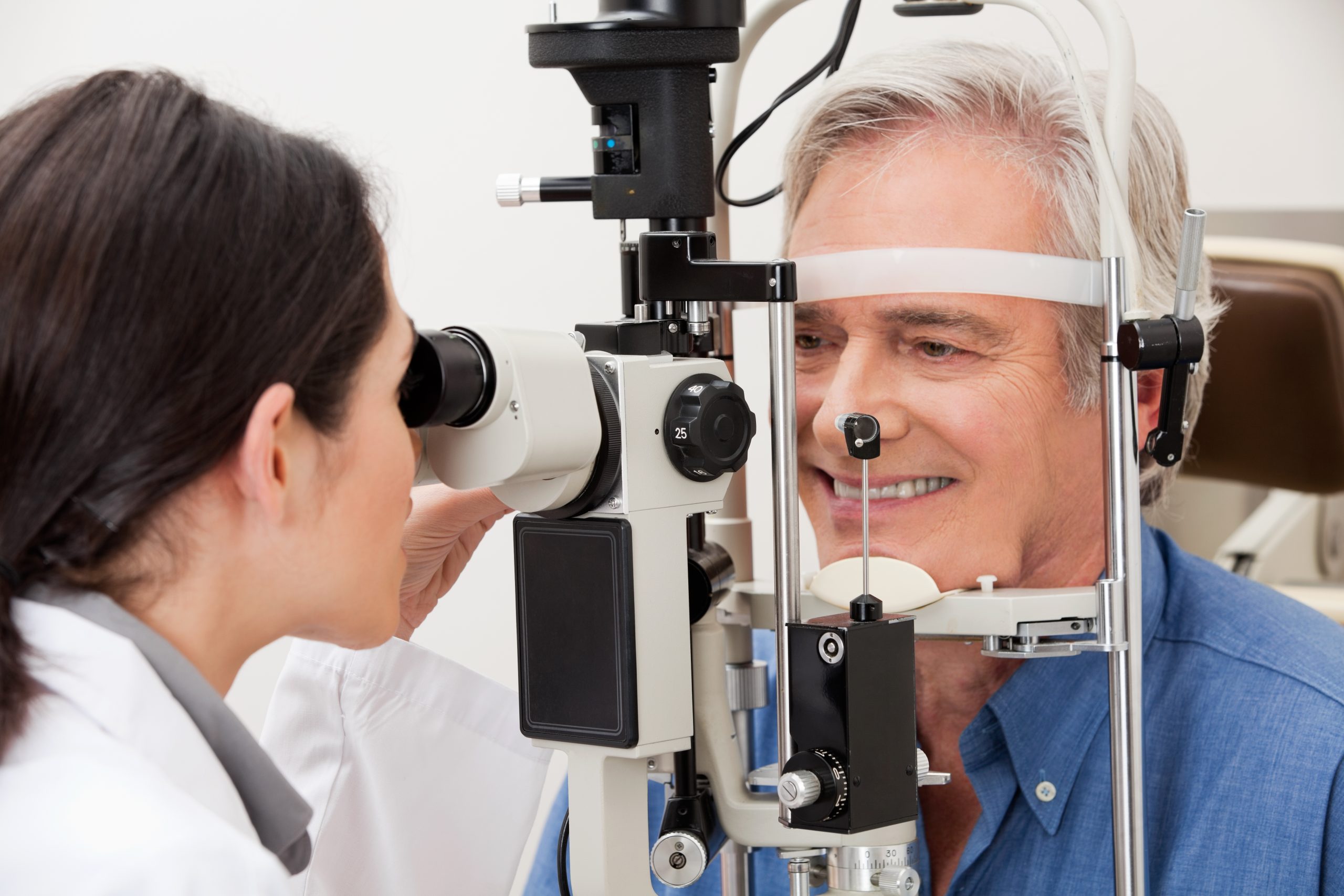Macular degeneration is a common eye condition that causes “blind spots” in the central part of a person’s vision. The condition, which is also sometimes referred to as age-related macular degeneration, AMD, or ARMD, is the leading cause of vision loss in the United States. When a person suffers from macular degeneration, blurry or blind spots are caused by the deterioration of the macula, a small part of the eye located in the center of the retina that controls visual sharpness. Dark, distorted spots in the center of vision are the most commonly reported symptoms of macular degeneration.
Since macular degeneration is a disease of the retina, a person’s ability to recognize certain things like faces and letters is affected. Being unable to distinguish details means someone with macular degeneration has difficulty with reading, writing, watching television, and driving. Being unable to do these simple tasks causes problems throughout most every task of daily living.
People are living longer lives now than previous generations were. Because the population has more seniors now than ever before, macular degeneration is being seen more often. Currently, about 2.1 million senior adults have macular degeneration. By the year 2050, that number is expected to more than double, based on projections from the National Eye Institute (NEI).
The best way to combat macular degeneration is through regular eye appointments with your doctor and knowing your risk of developing the disease. People more likely to have macular degeneration are those who are older, have a family history of the disease, are obese or inactive, have high blood pressure, smoke, or have a light eye color like blue or green. Modern technology gives eye doctors the ability to see tiny details in a patient’s eye that may point to the beginnings of macular degeneration.


